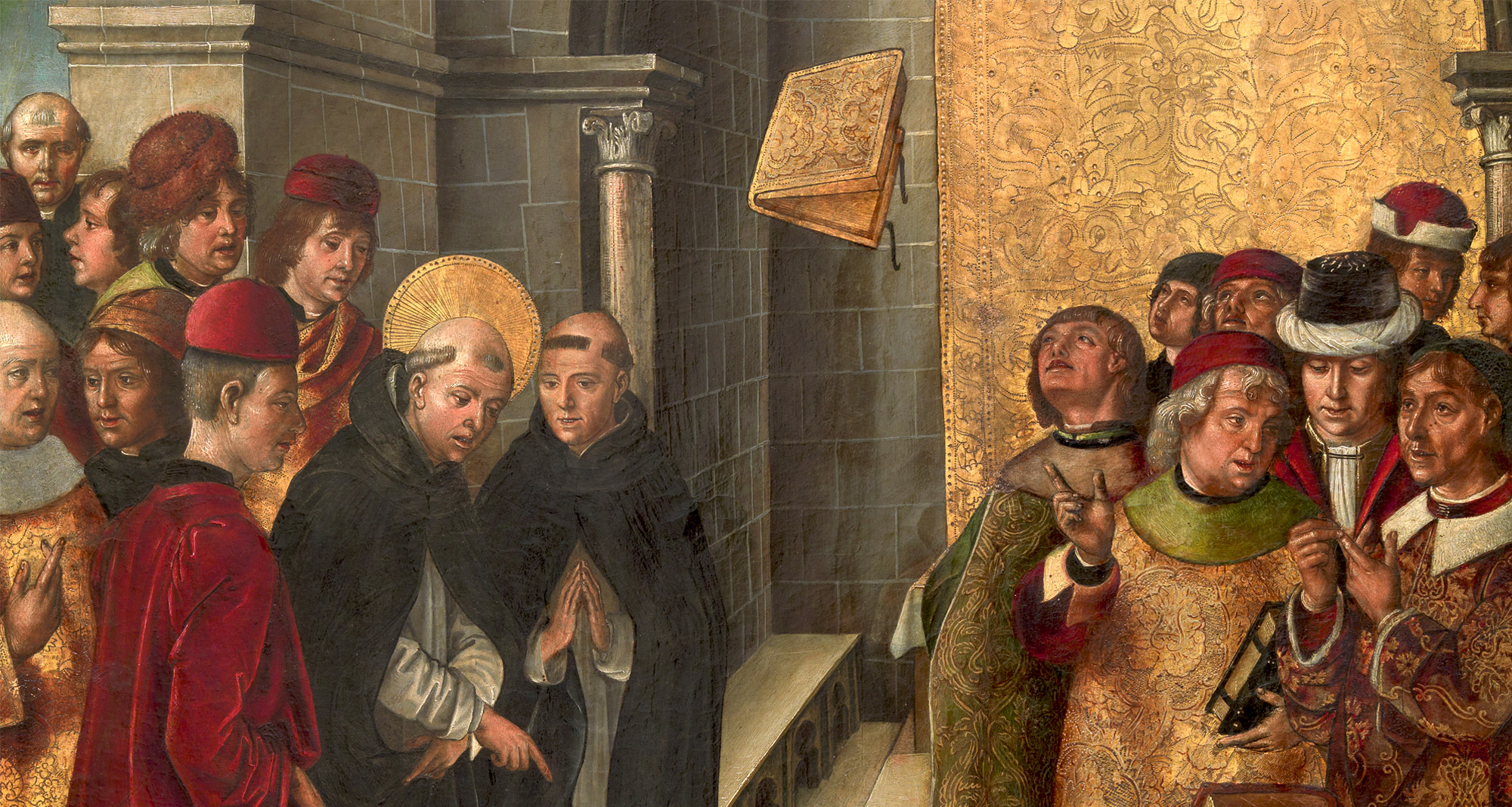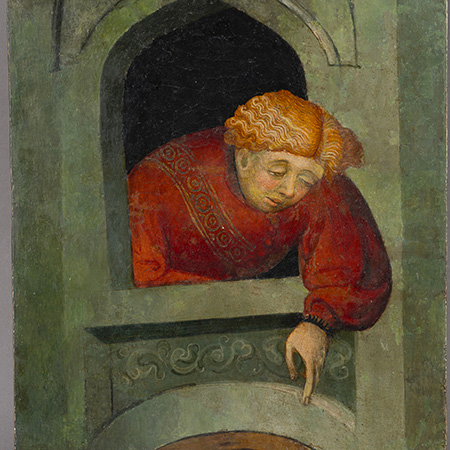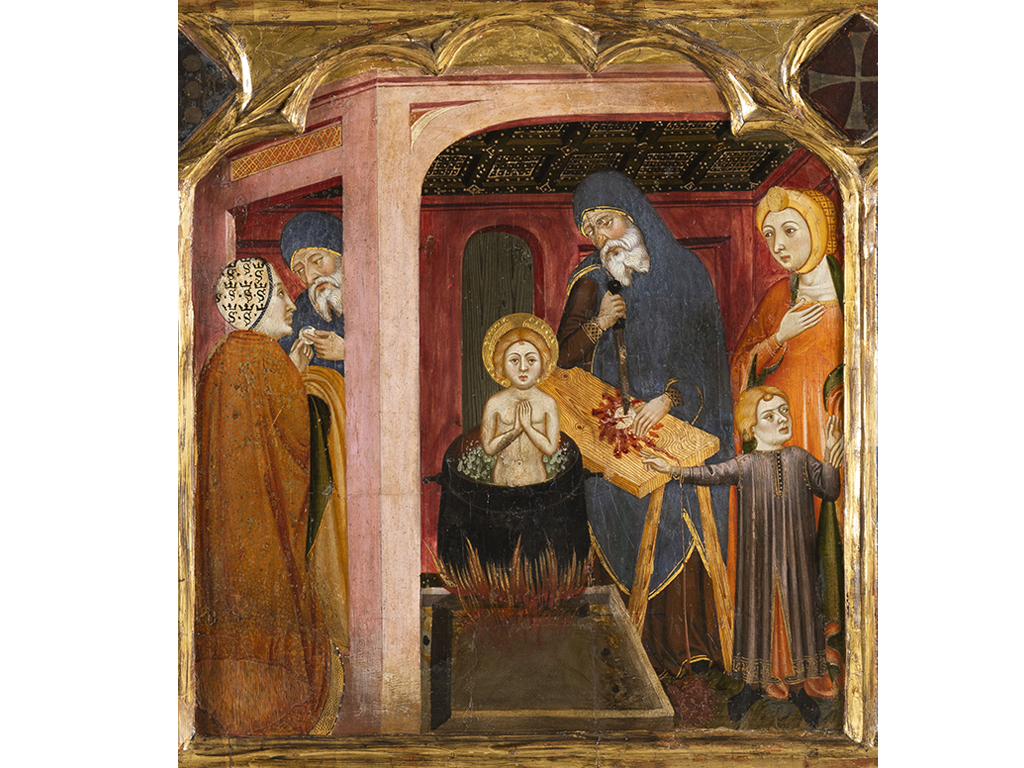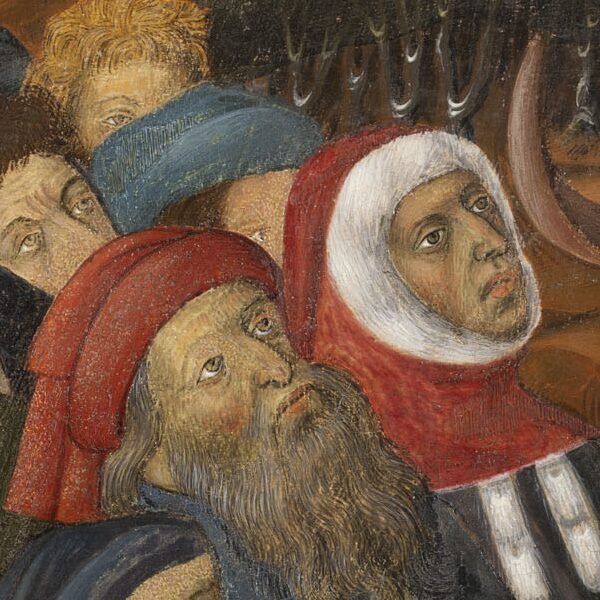

More The Lost Mirror
Any image is a mirror that reflects a point of view. We look at the world and others in relation to ourselves, through our own mentality and attitude. Through an extensive selection of works, this exhibition rediscovers a medieval mirror: how Jews and conversos were portrayed by Christians in Spain between 1285 and 1492.
Watch
The Lost Mirror. Jews and ‘Conversos’ in the Middle Ages
At this time, images played a key role in the complex relationships of these three groups. On the one hand, they were an important vehicle for transferring artistic archetypes and rites between Christians and Jews, as well as creating a space where artists from the two communities could collaborate. On the other hand, the grim flipside, they helped spread growing anti-Judaism that was taking root in Christian society.
In this context, visual stigmatisation of Jews was a faithful reflection of Christian beliefs and anxieties, and above all a powerful tool for asserting their identity. Following the mass conversion of Jews to Christianity resulting from the pogroms of 1391, religious images became the focus of the controversy. They were taken as evidence of the new Christians’ sincerity or a basis for accusing them of Judaising. The spread of these unfounded suspicions of Judaising heresy were at the heart of the Spanish Inquisition, established in 1478.
Aware of the power of images, the new institution used them extensively, either to create powerful scenes or to lay out ways to identify conversos visually. The images featured in this exhibition remind us that while differences exist, the idea of otherness is a construct.

